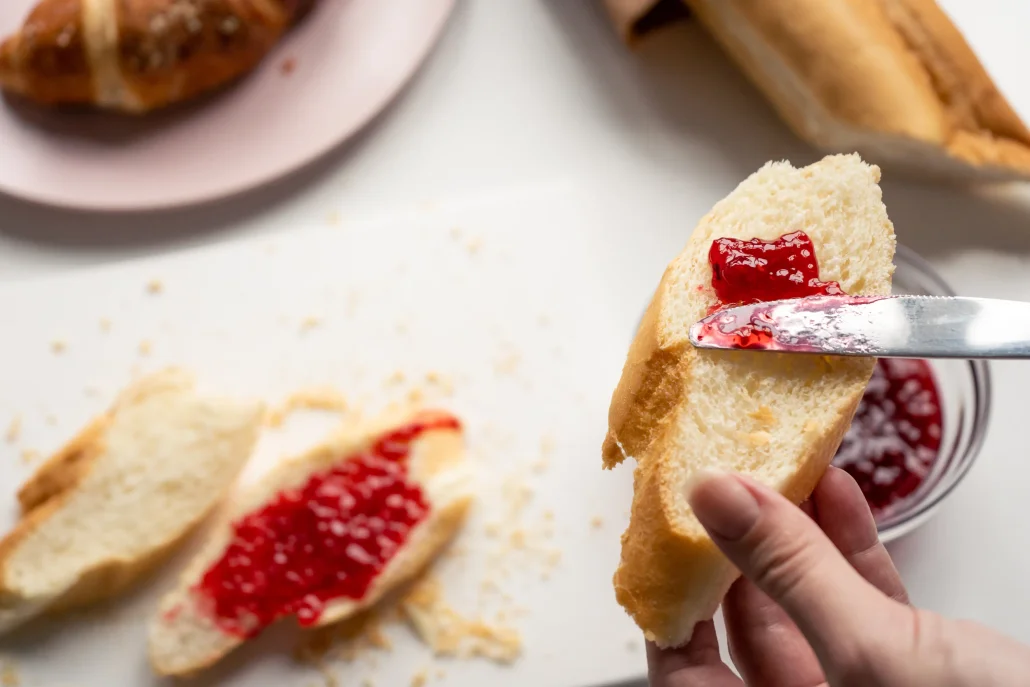Diabetes mellitus gets its origin from the Greek language: diabetes means to pass through, while mellitus means sweet. This terminology dates back all the way to 250 B.C.
Now, 2,000 years later, diabetes is the seventh leading cause of death in the United States.
More than 37 million Americans have it (that’s around one in ten people), while another 96 million are living with prediabetes (1, 2).
Diabetes is a metabolic disease that’s characterized by elevated blood sugar, and eating certain foods (and drinks) can exacerbate it. This is why, in this article, we’ll cover the 24 different foods and drinks you should avoid when living with diabetes.
We won’t leave you hanging there…we’ll also give you a full list of foods that you can enjoy—guilt-free.





